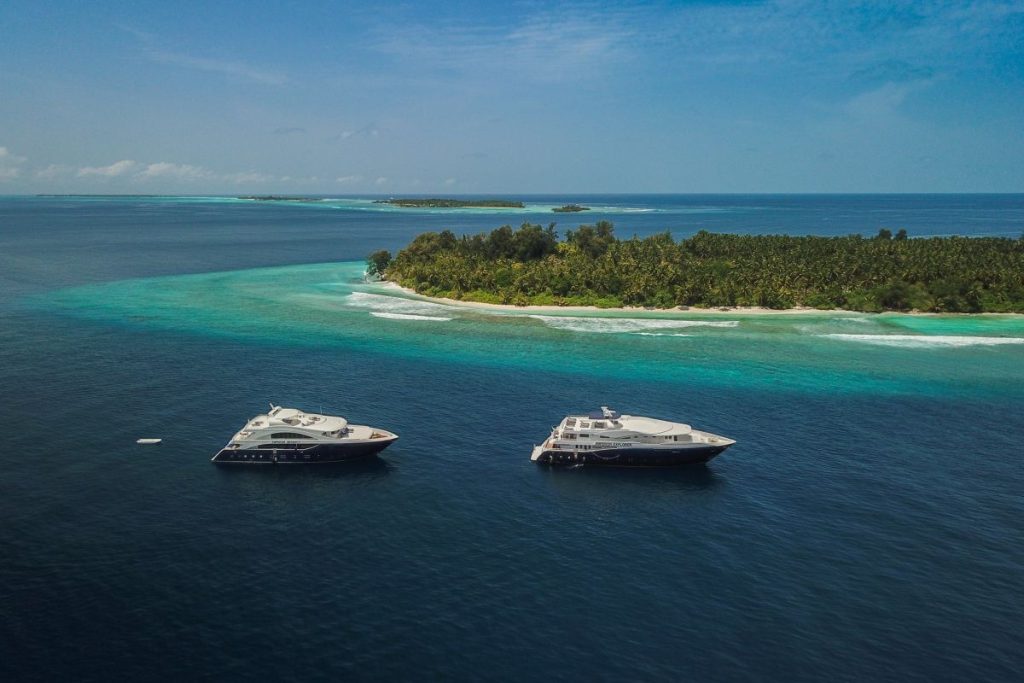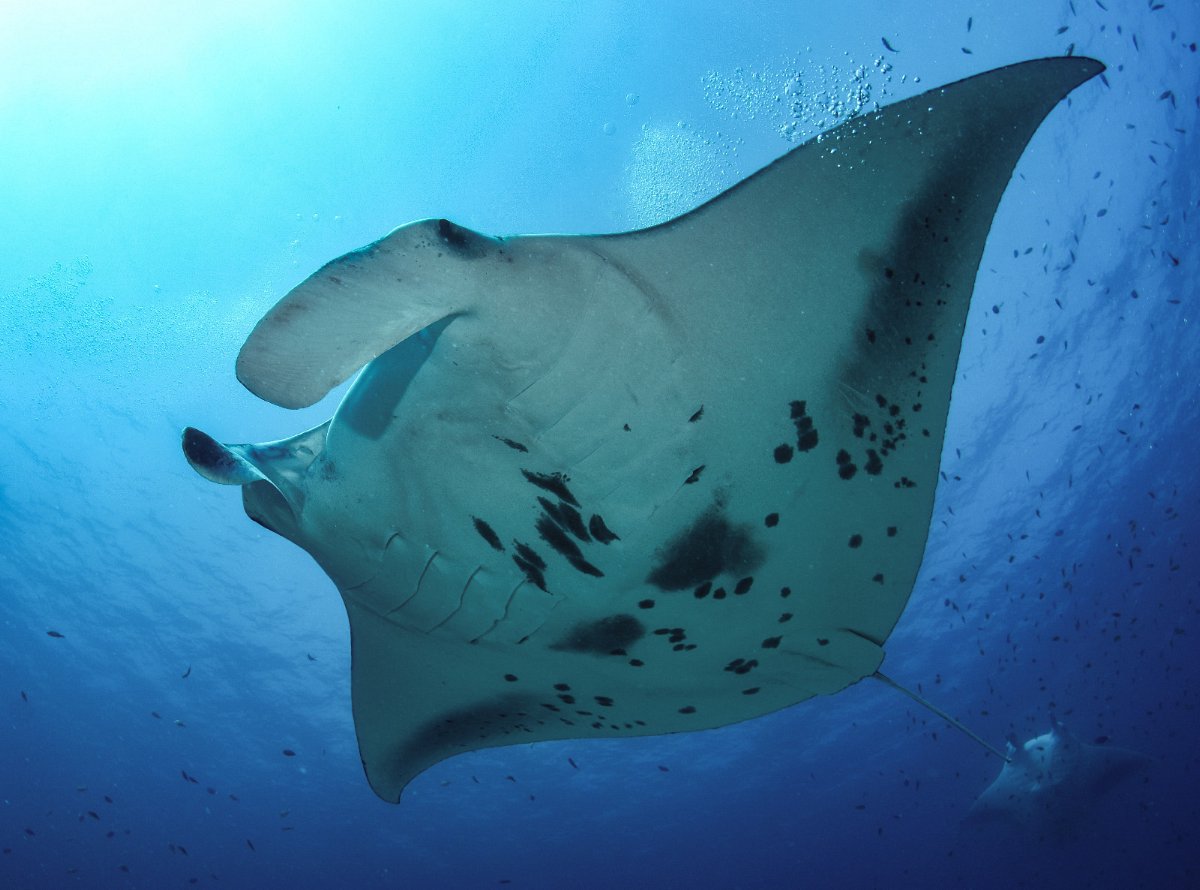The Indian Ocean, the third largest of the world’s oceanic divisions, and home to our wonderful boats in the Maldives.
With World Ocean Day 2024 taking place this week we thought there was no better time to have a look at one of this magnificent expanse of sea.
Bordered by Asia to the north, Africa to the west, Australia to the east, and the Southern Ocean to the south, it covers approximately 70,560,000 square kilometres (27,240,000 square miles) and is known for its warm, tropical waters and significant strategic and economic importance.
Rich in biodiversity, the Indian Ocean is home to a myriad of marine species, including the majestic humpback whale, the elusive dugong, and a variety of vibrant coral reefs – with the coral atolls of the Maldives some of the ocean’s most stunning and ecologically significant features.
It is this varied marine life which brings us to the Maldives – a tropical paradise consisting of 26 atolls and over 1,000 coral islands, renowned for their stunning beauty (you know, white-sand beaches, crystal-clear turquoise waters, stunning sunsets…)
Our five boats – Emperors Virgo, Leo, Serenity, Explorer and Voyager – are run by divers who know the best places and the best times to explore these waters and guide you to sights that will stay with you for a lifetime.
The reefs provide a home for countless fish species, such as clownfish, parrotfish, and butterflyfish and host a variety of invertebrates including sea anemones and sponges.
In deeper waters, the Indian Ocean is inhabited by larger marine animals. Several species of sharks, including the great white and whale shark, patrol these waters. Sea turtles, like the leatherback and green turtle, are frequently seen, especially near nesting beaches.
And, of course, we can’t forget the rays – definitely a divers’ favourite.
Marine mammals such as dolphins, dugongs, and a variety of whales, including the blue whale and humpback whale, traverse the ocean’s expanse, while rich seagrass beds and mangrove forests, which serve as crucial nurseries for many fish and crustacean species.
The waters are also hugely influenced by weather, geography and the phases of the moon making the experience of being a diver in this part of the world fascinating and potentially ever changing.
However, the Indian Ocean also poses a threat – especially to the Maldives which faces significant environmental challenges, primarily due to climate change and rising sea levels.
The islands’ average ground level is only about 1.5 meters (4 feet 11 inches) above sea level, making it extremely vulnerable to flooding and erosion.
The warming of ocean waters also poses a threat to the coral reefs, causing bleaching and affecting the marine life that depends on these ecosystems.
The Maldivian government and various international organisations are actively working on initiatives to mitigate these effects, such as coral reef restoration projects and sustainable tourism practices – something Emperor Divers wholeheartedly supports.
The Indian Ocean, like all the planet’s expanses of water, deserves our admiration and our respect.
Our joy at exploring it is equal only to our hope it remains accessible and intact for many generations to come.
As the World Ocean Day project says: “We currently face one of the greatest threats ever to our blue planet and all its inhabitants: the climate crisis. It is all too clear that we need a healthy ocean for a healthy climate.”
The Indian Ocean – and all the life within it – is a thing of beauty to be loved, cherished and preserved.
If you would like to explore the magnificent Indian Ocean and find out the wonders it possesses above and below the water find out more about our Maldives itineraries or email our fantastic team who will happily answer any questions you might have.


